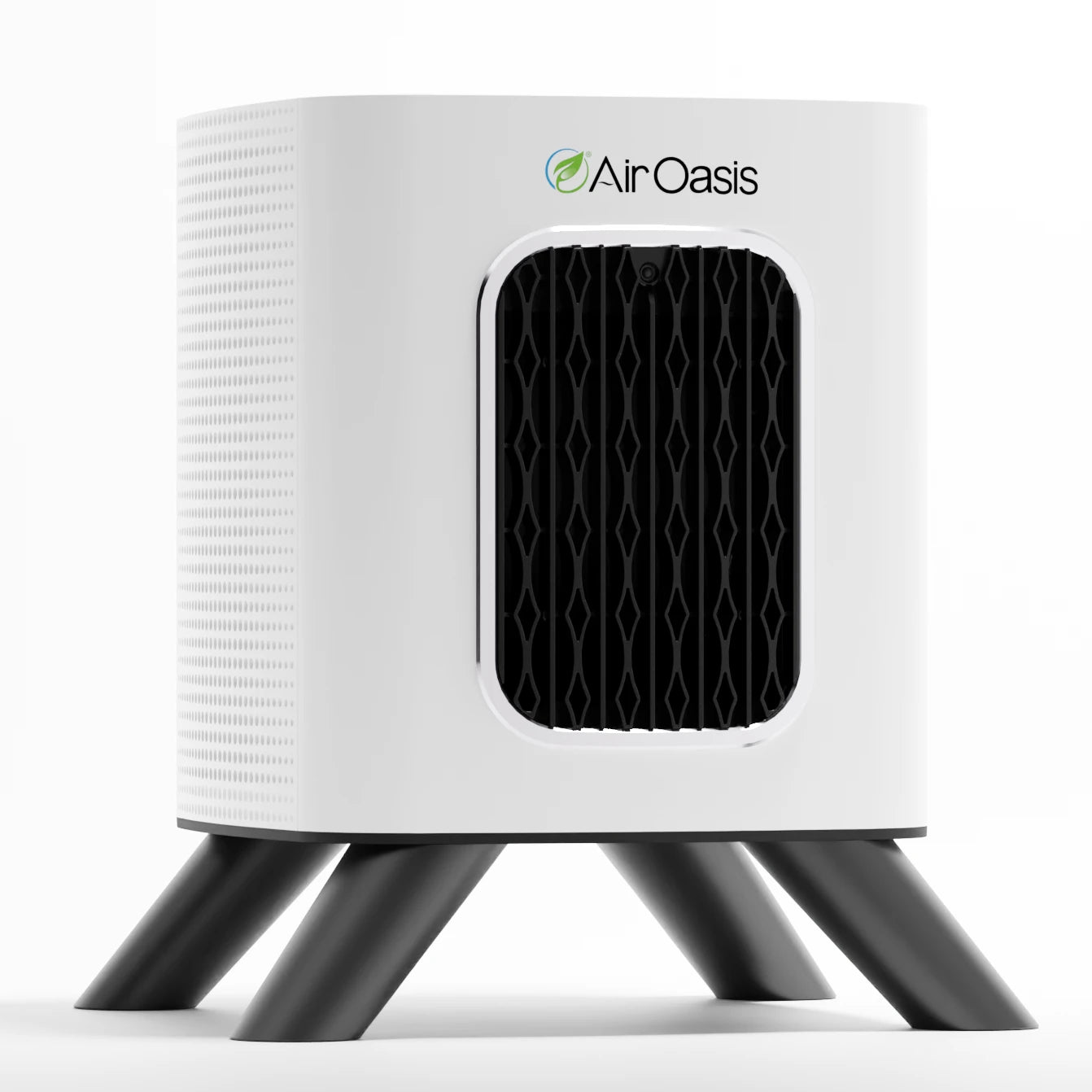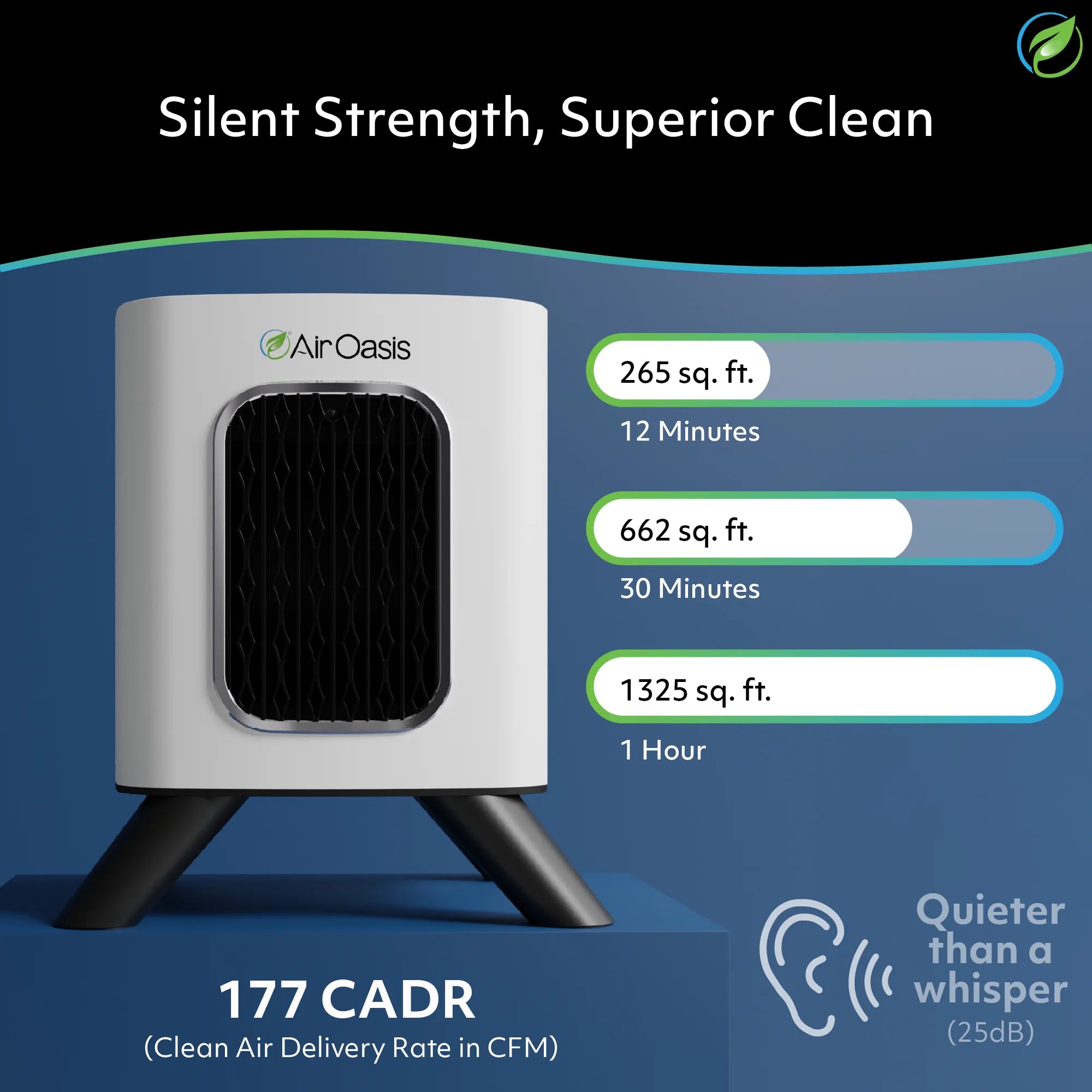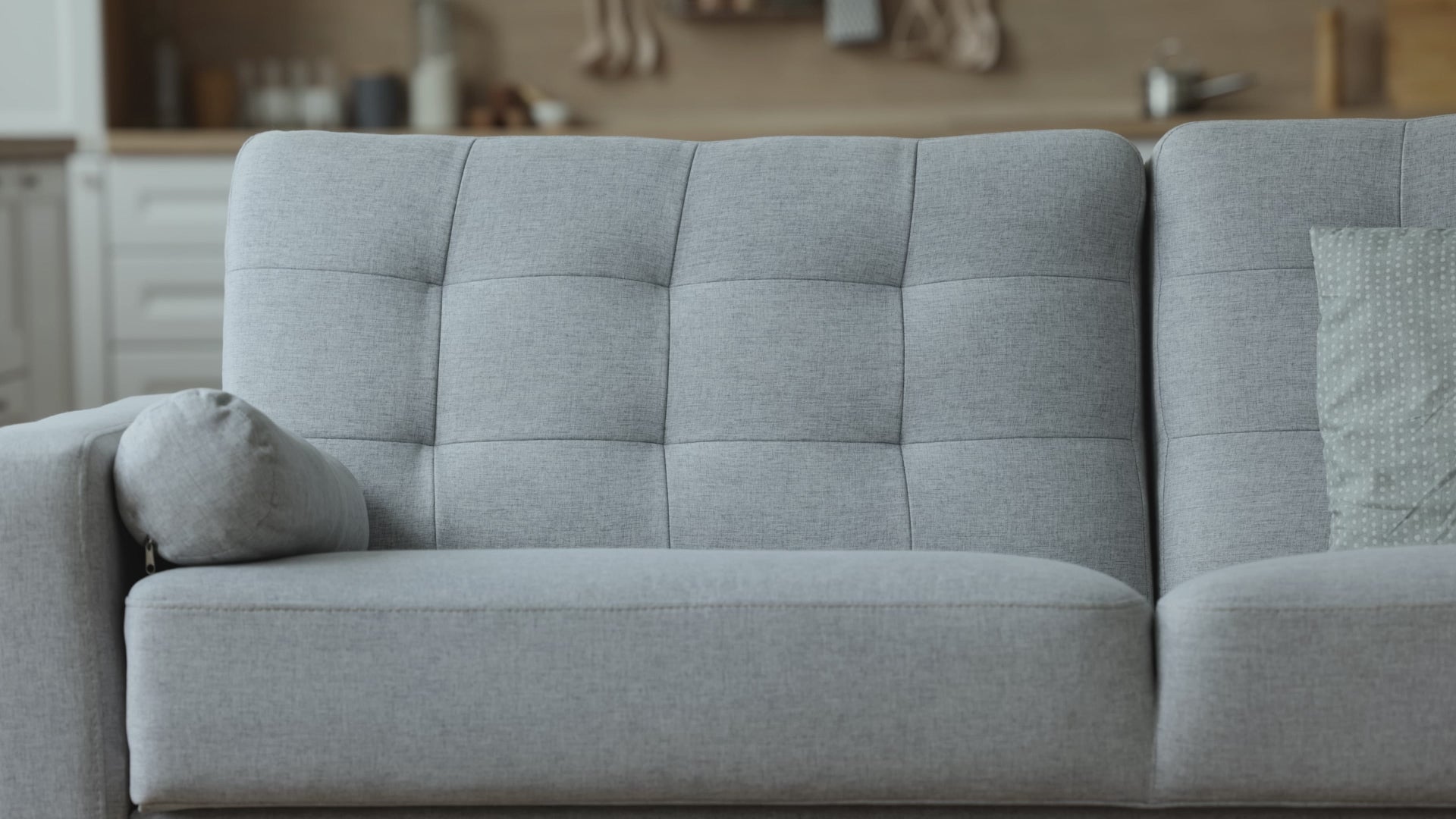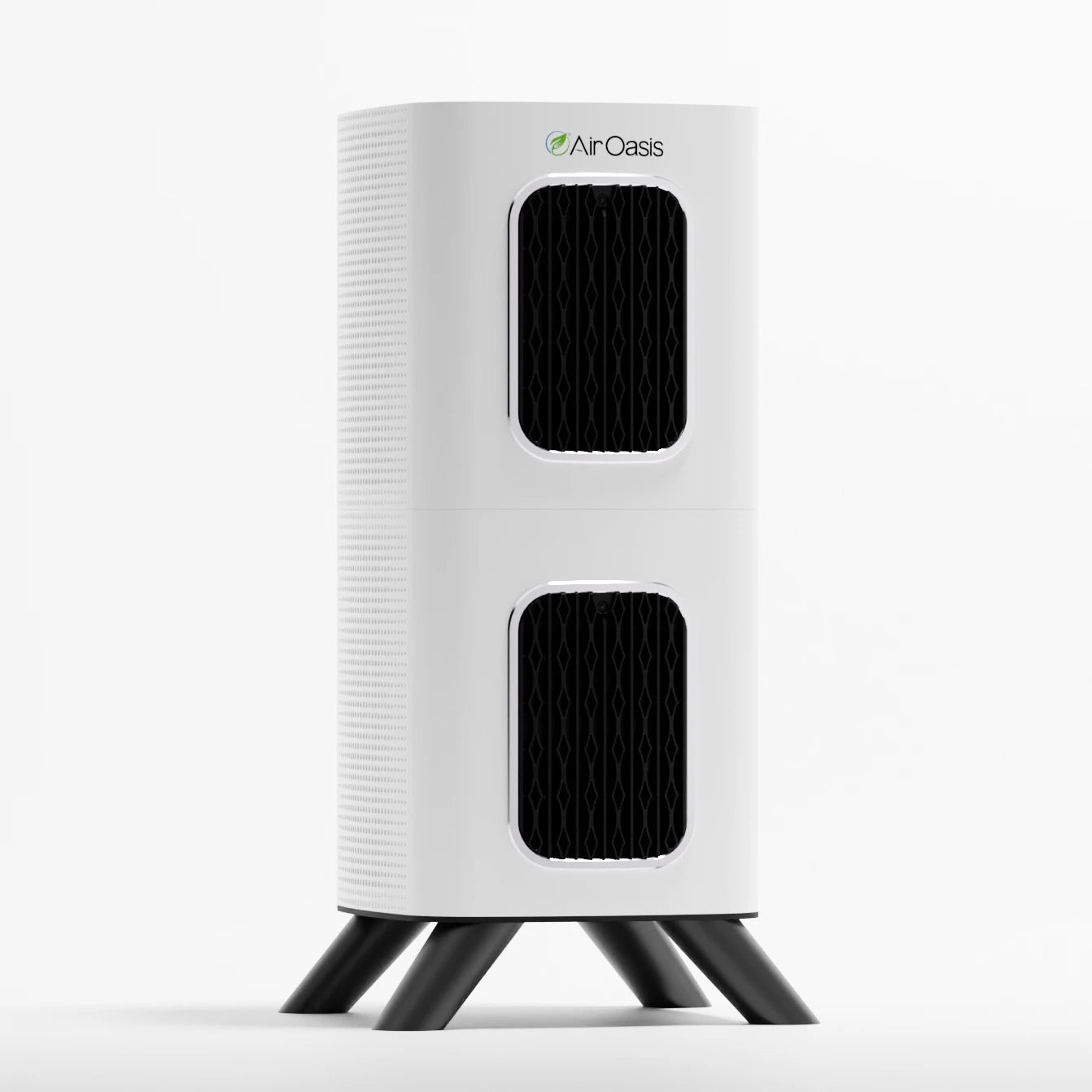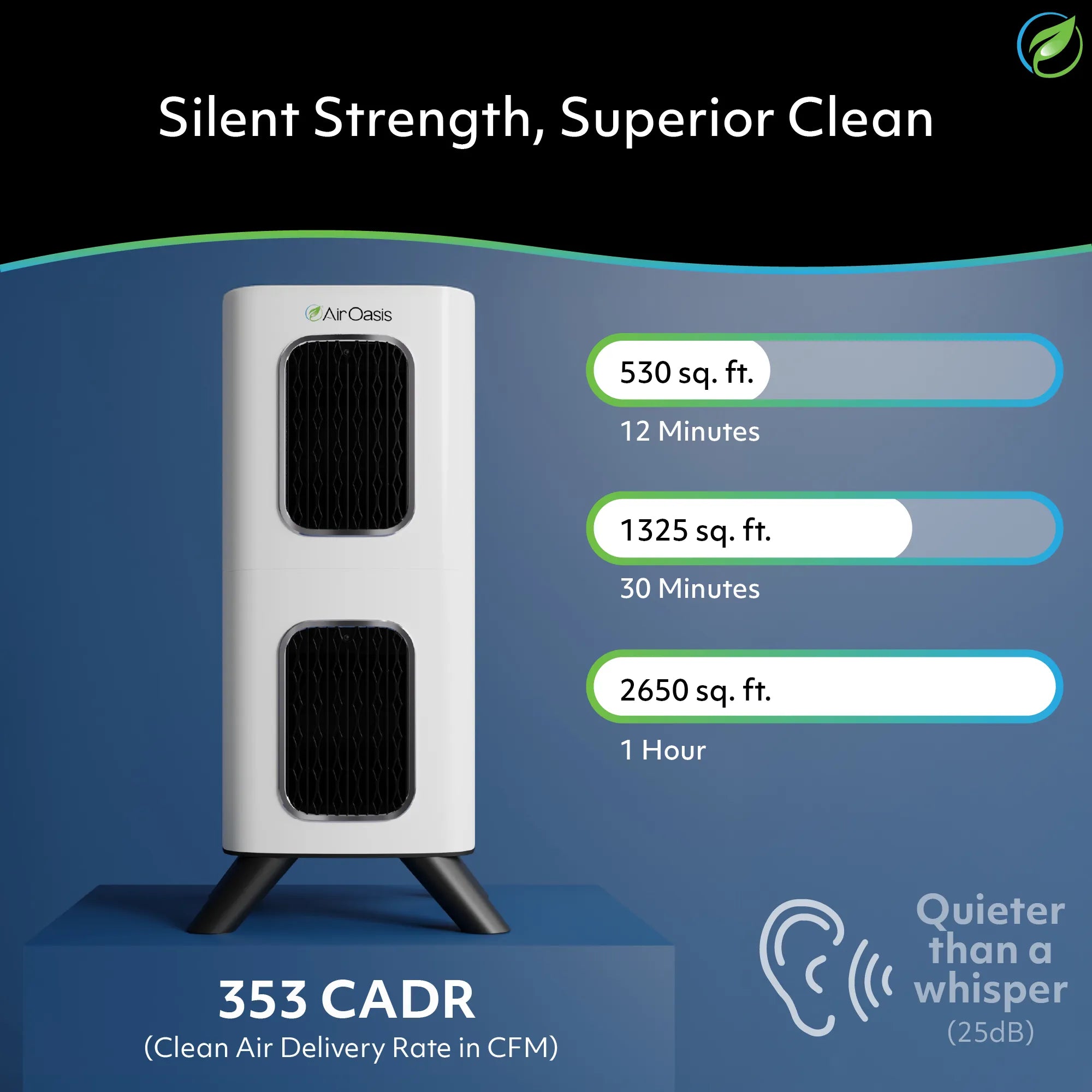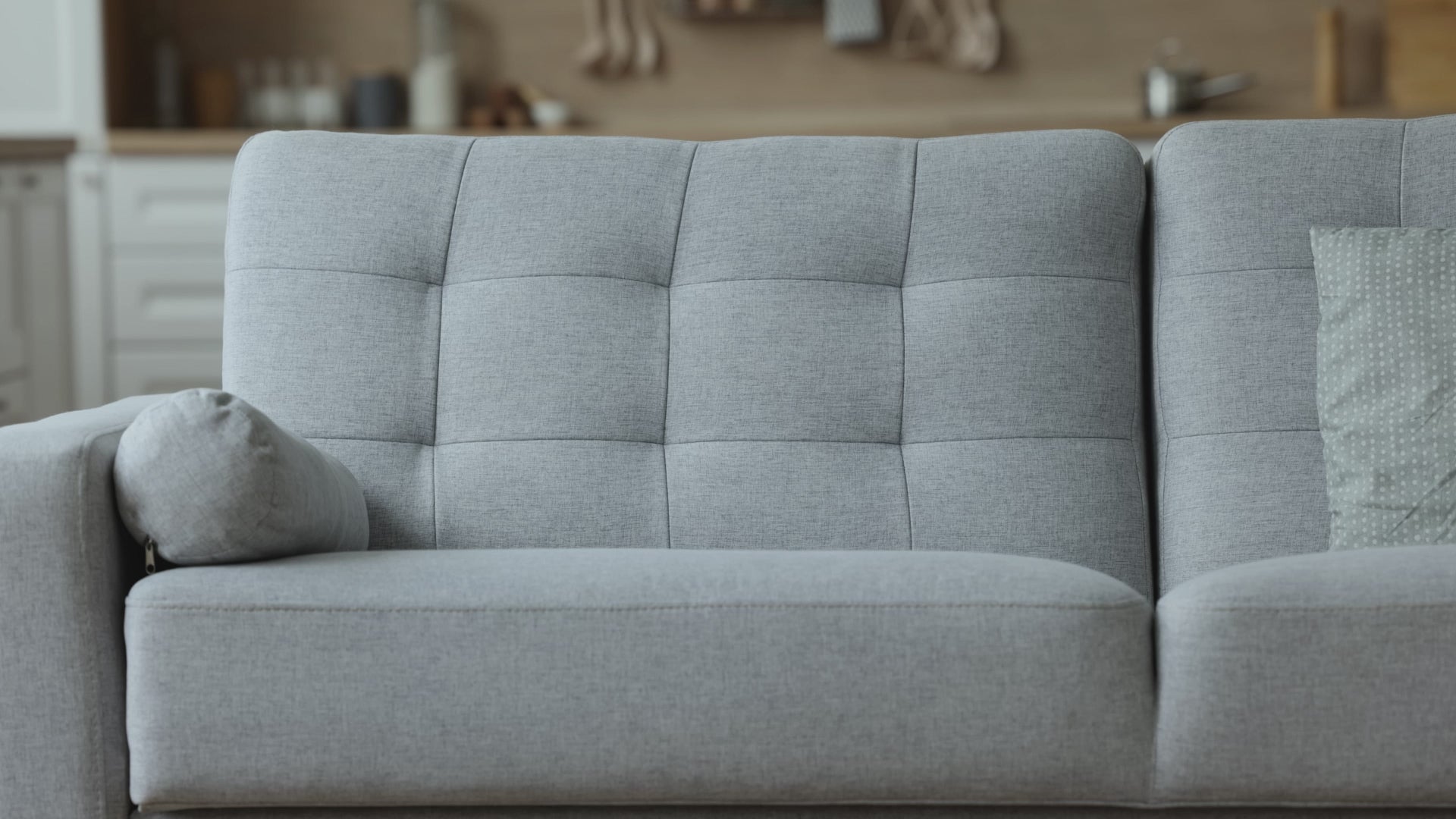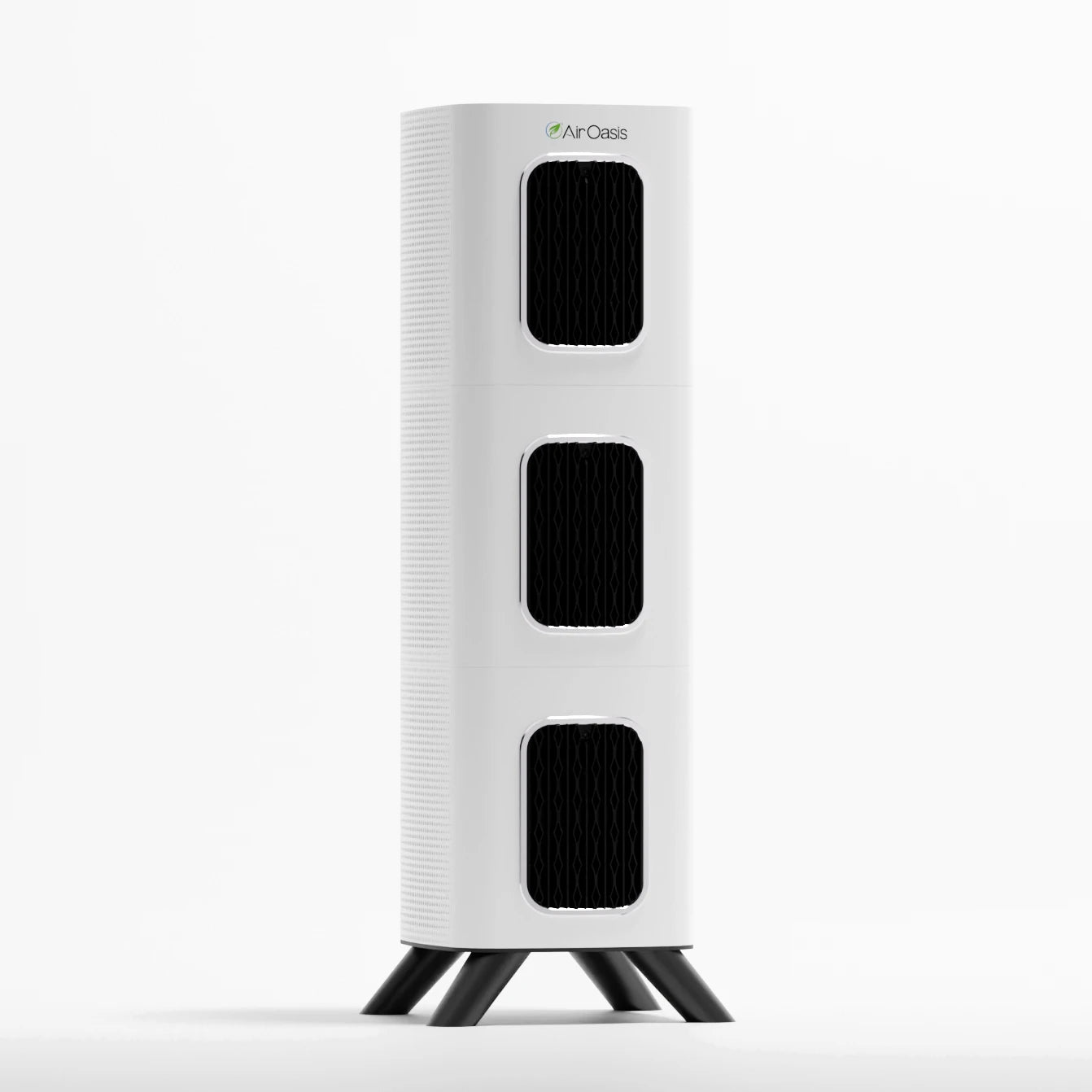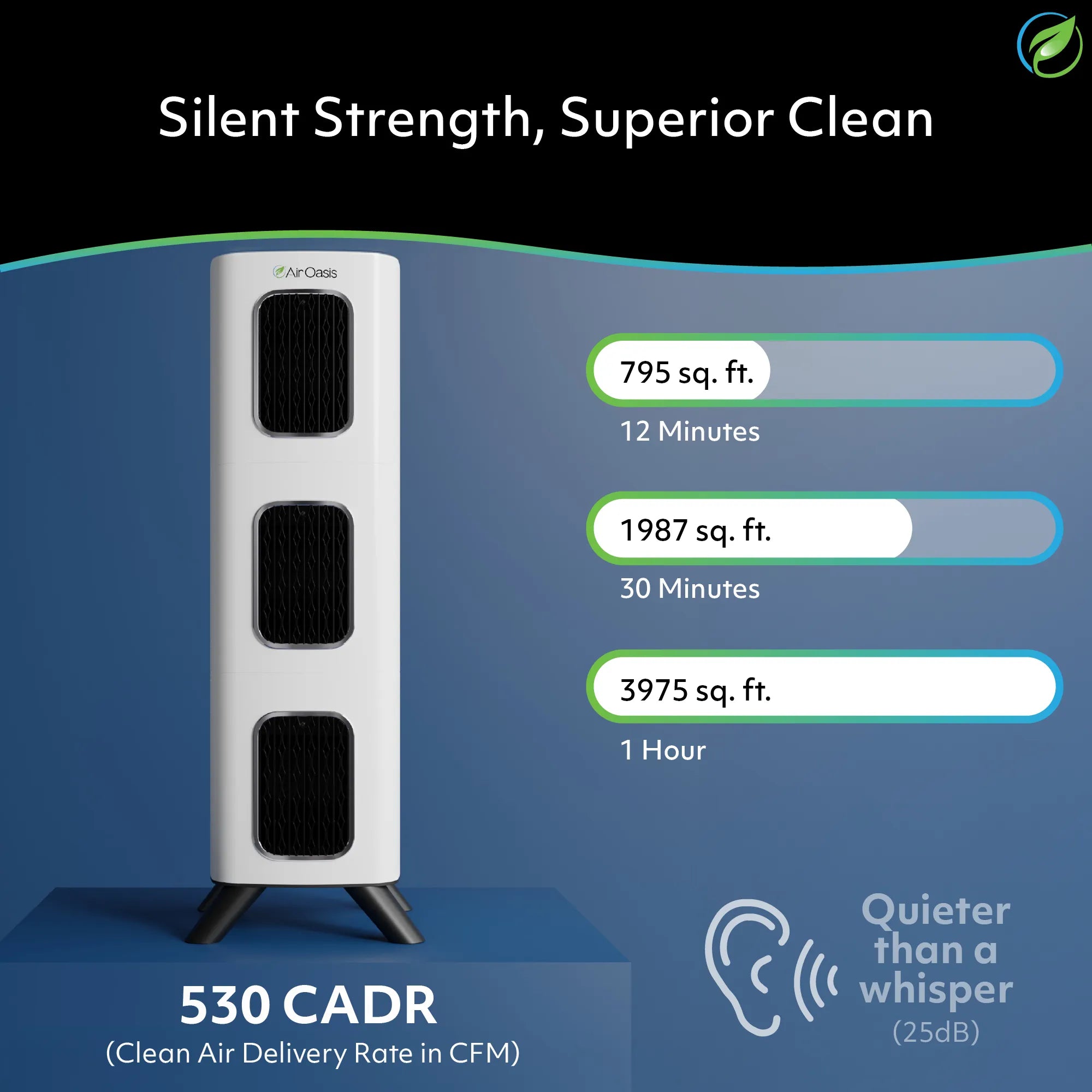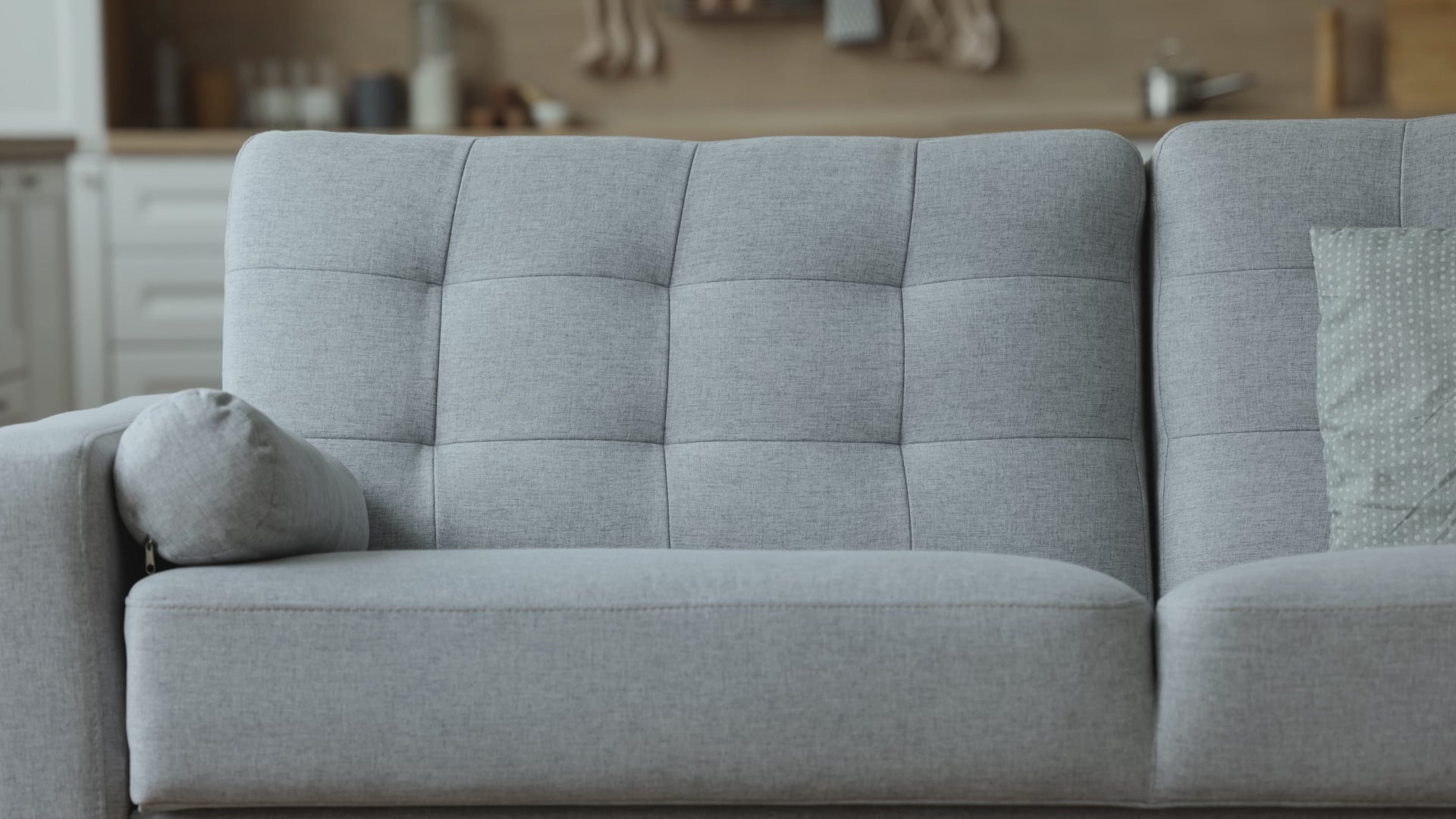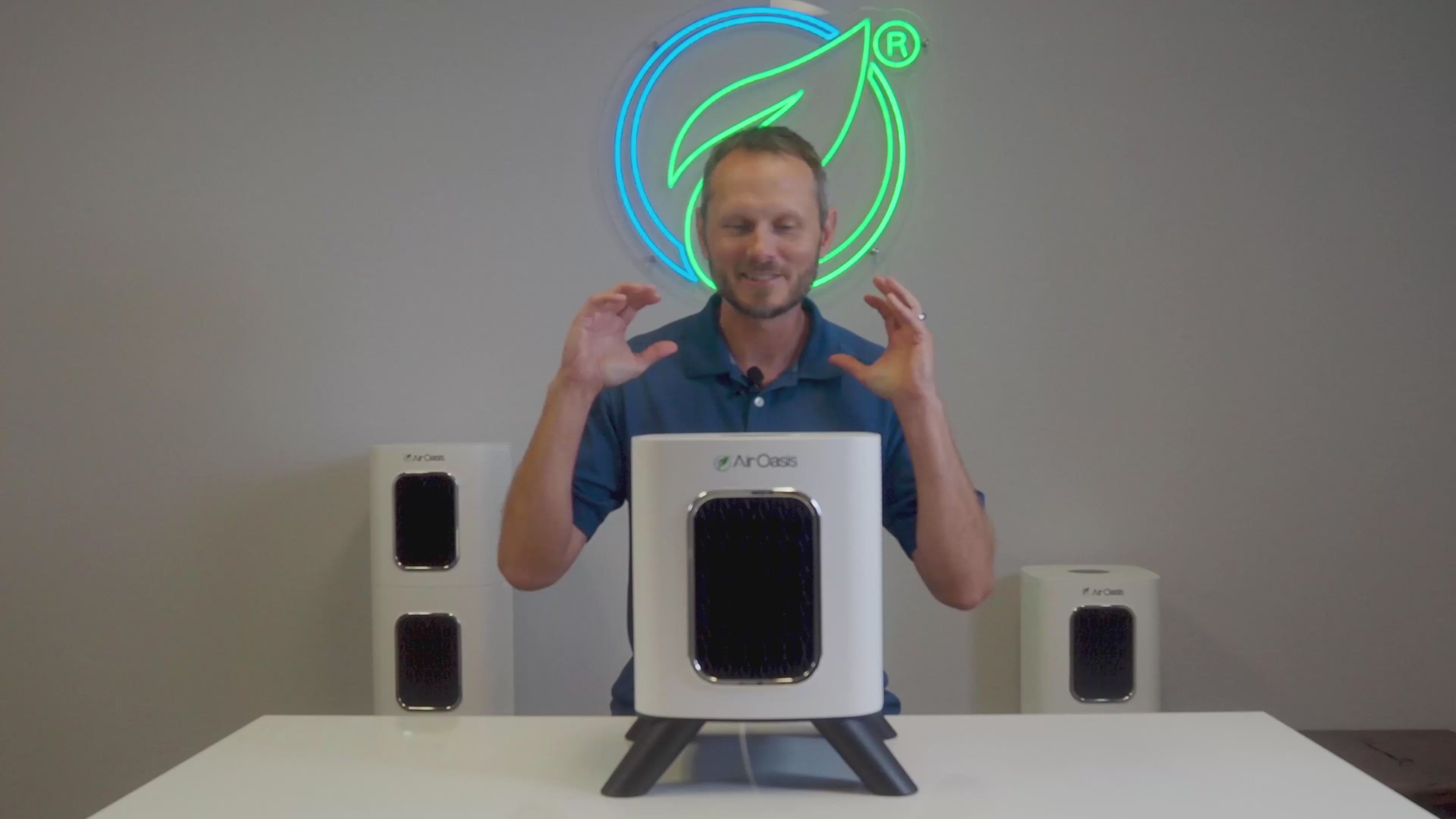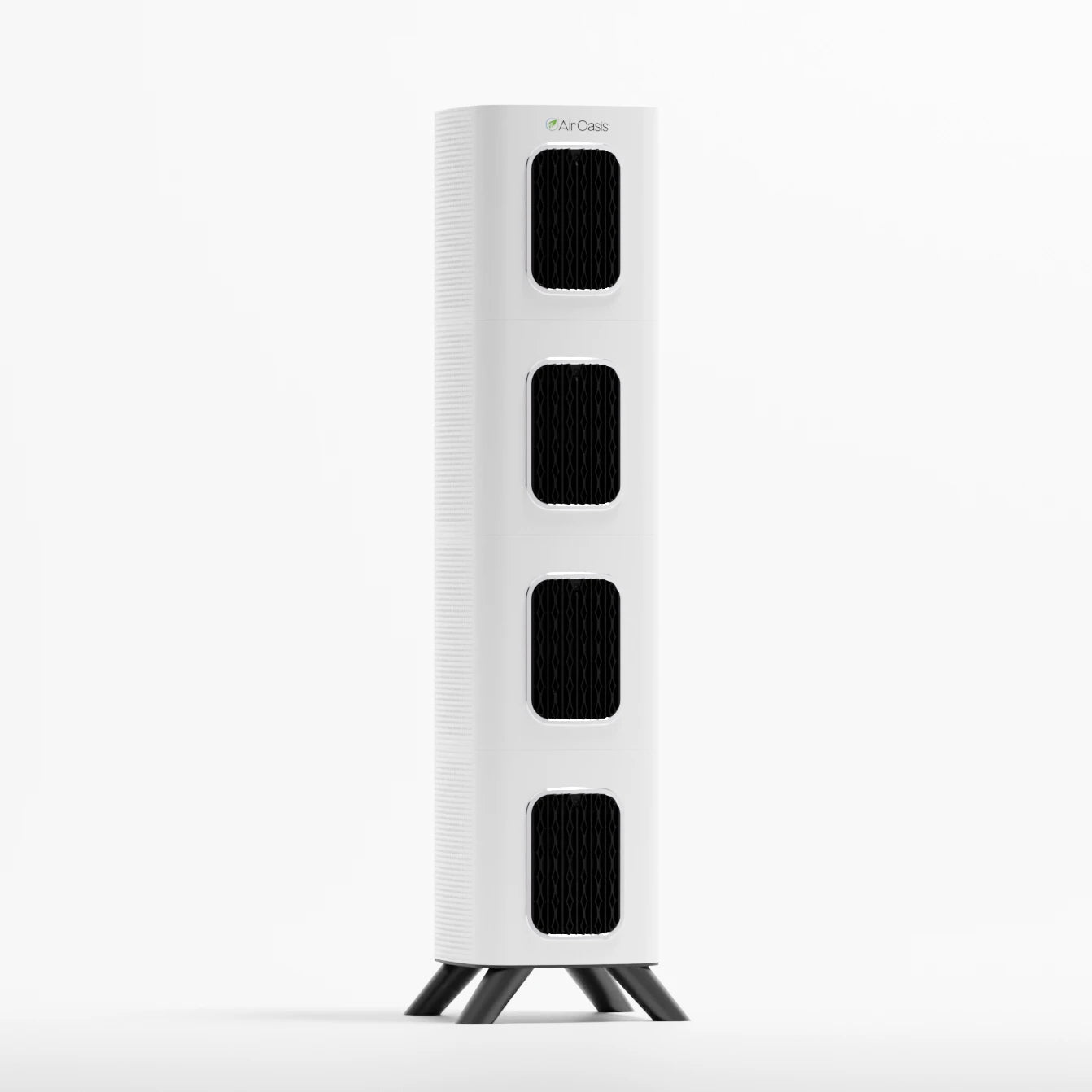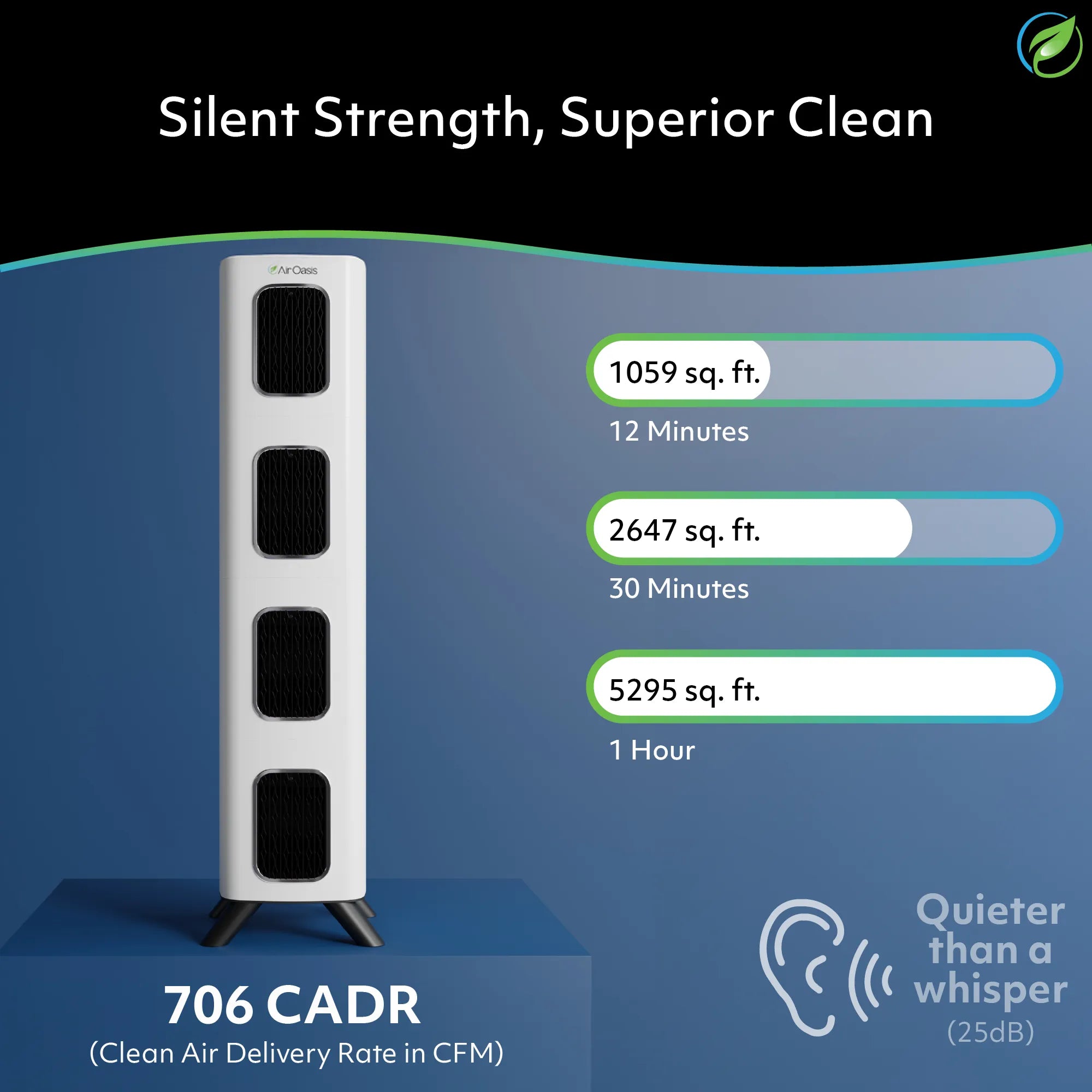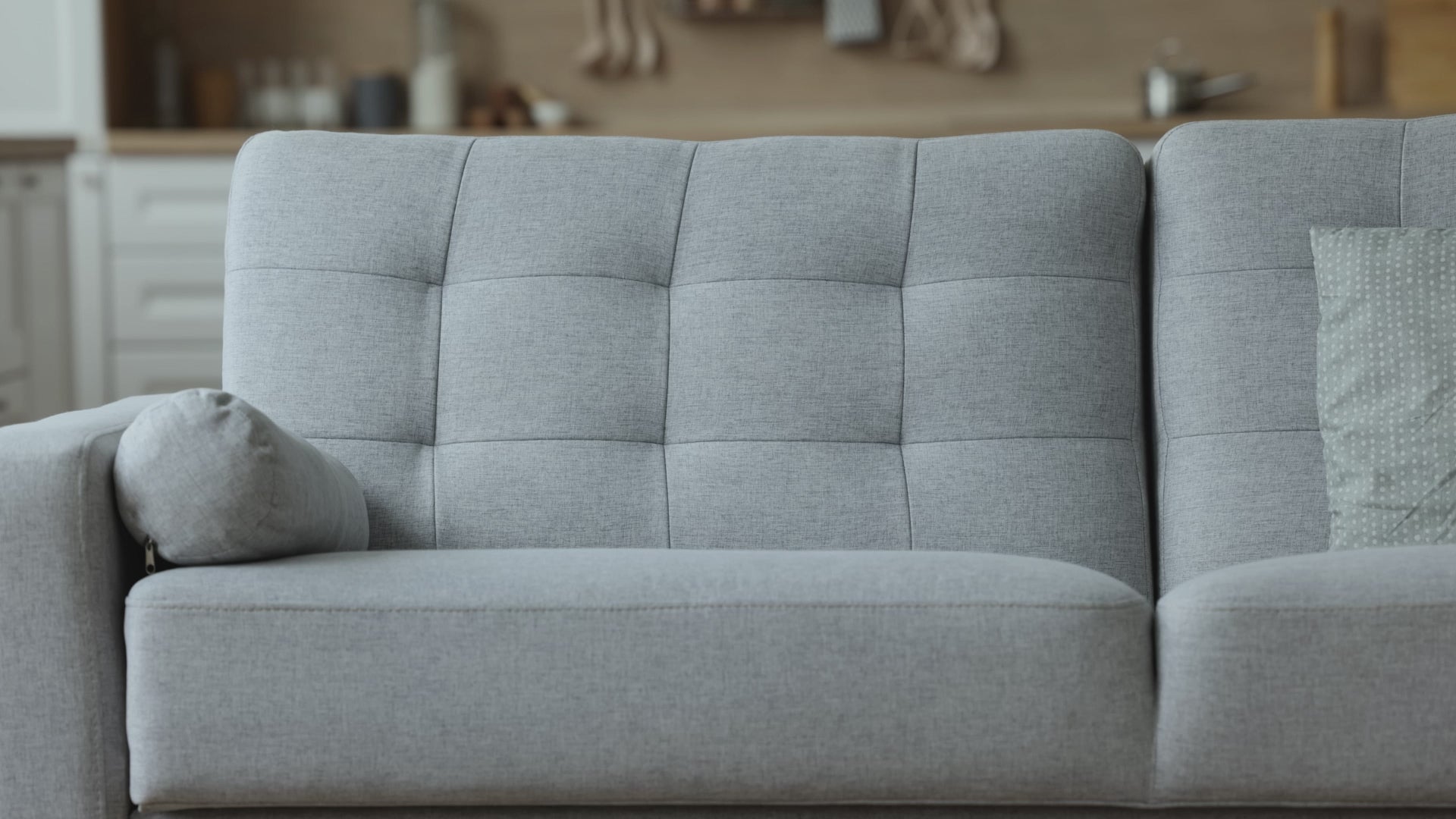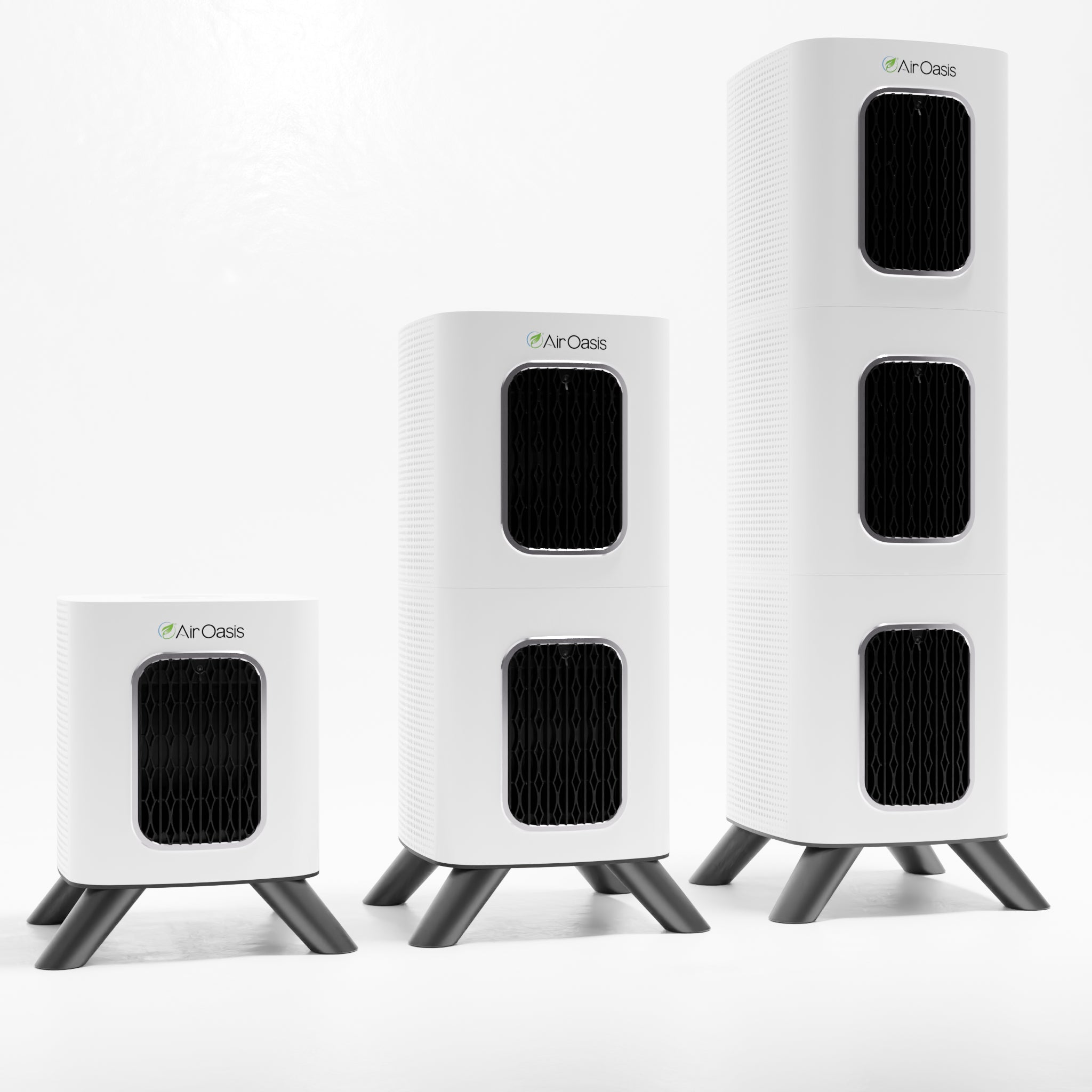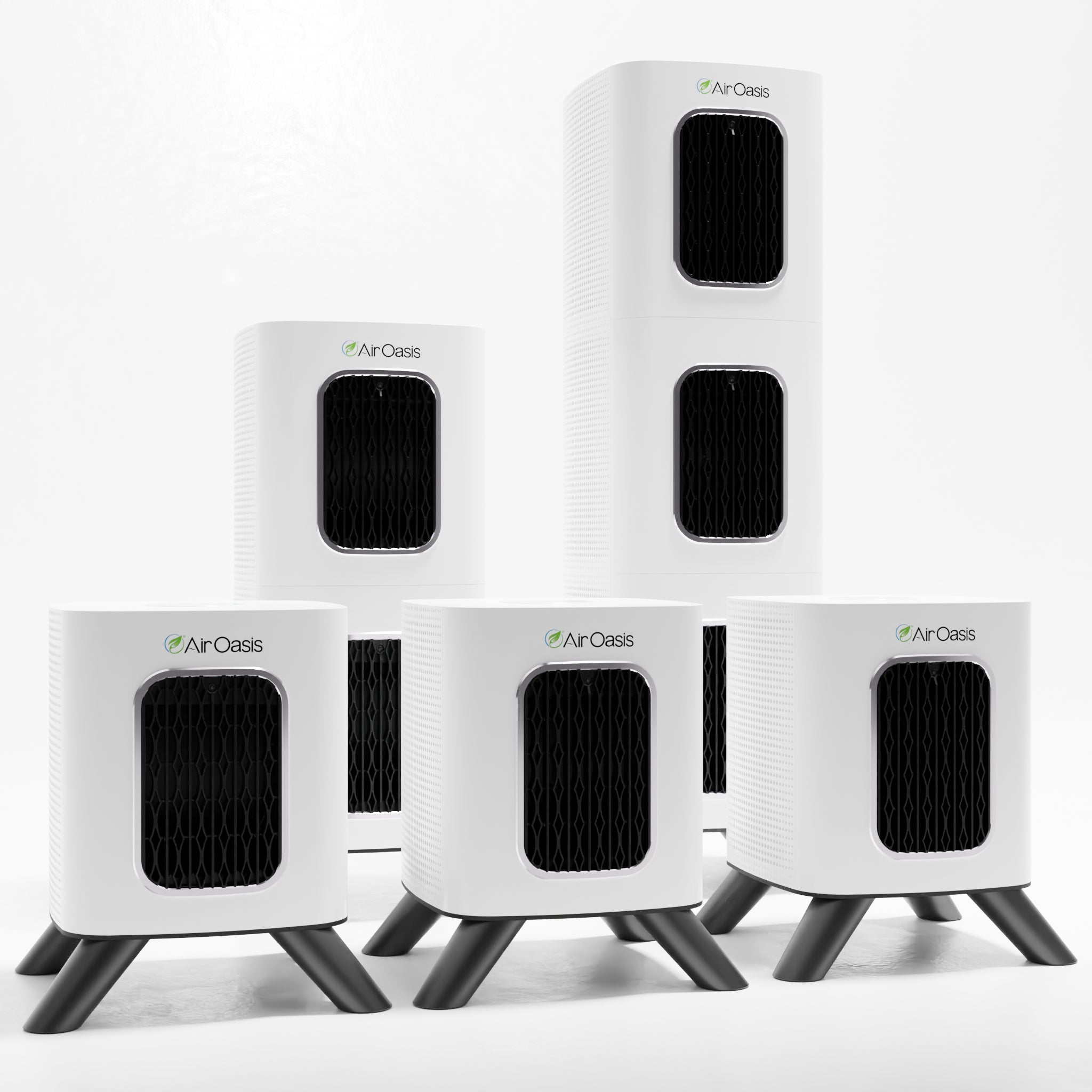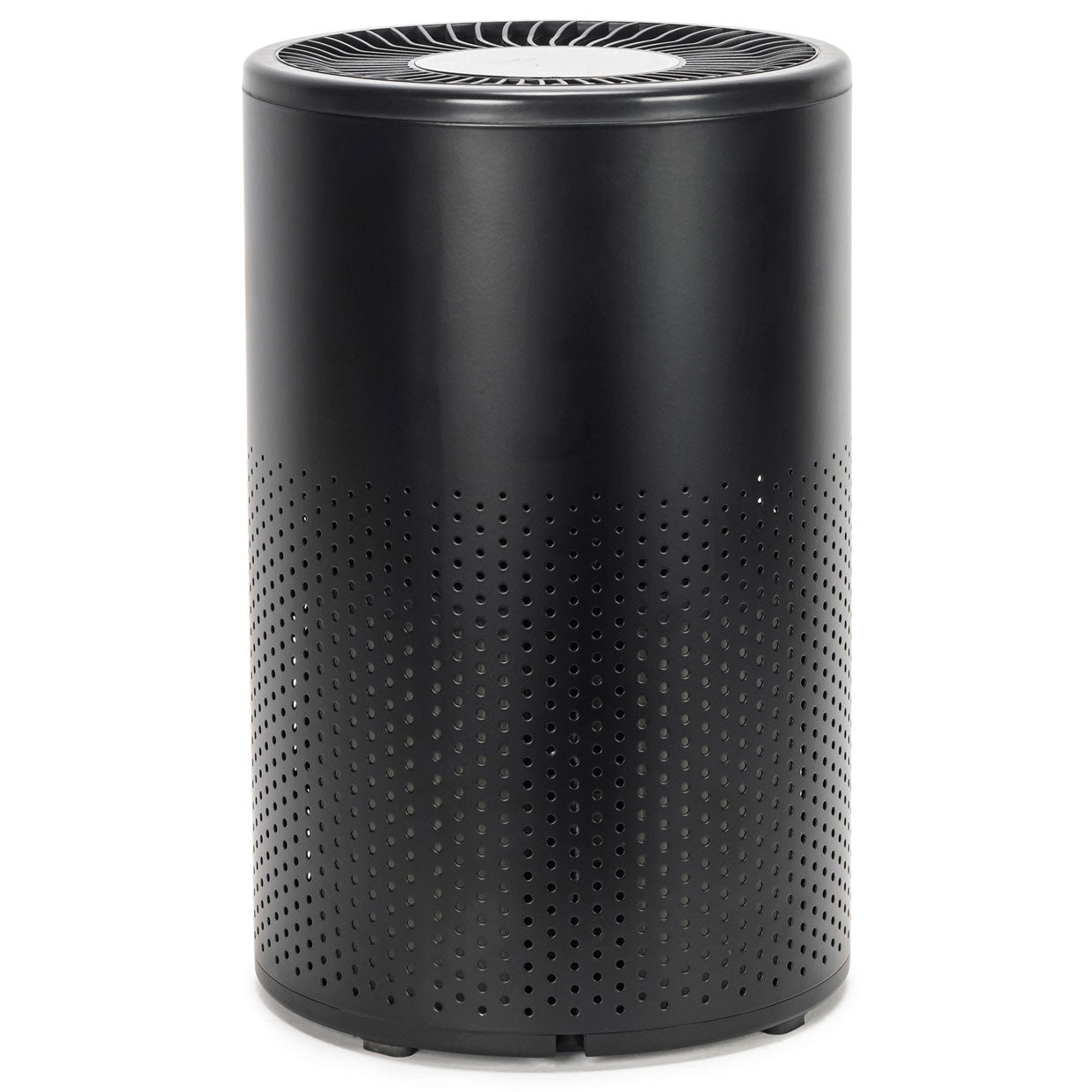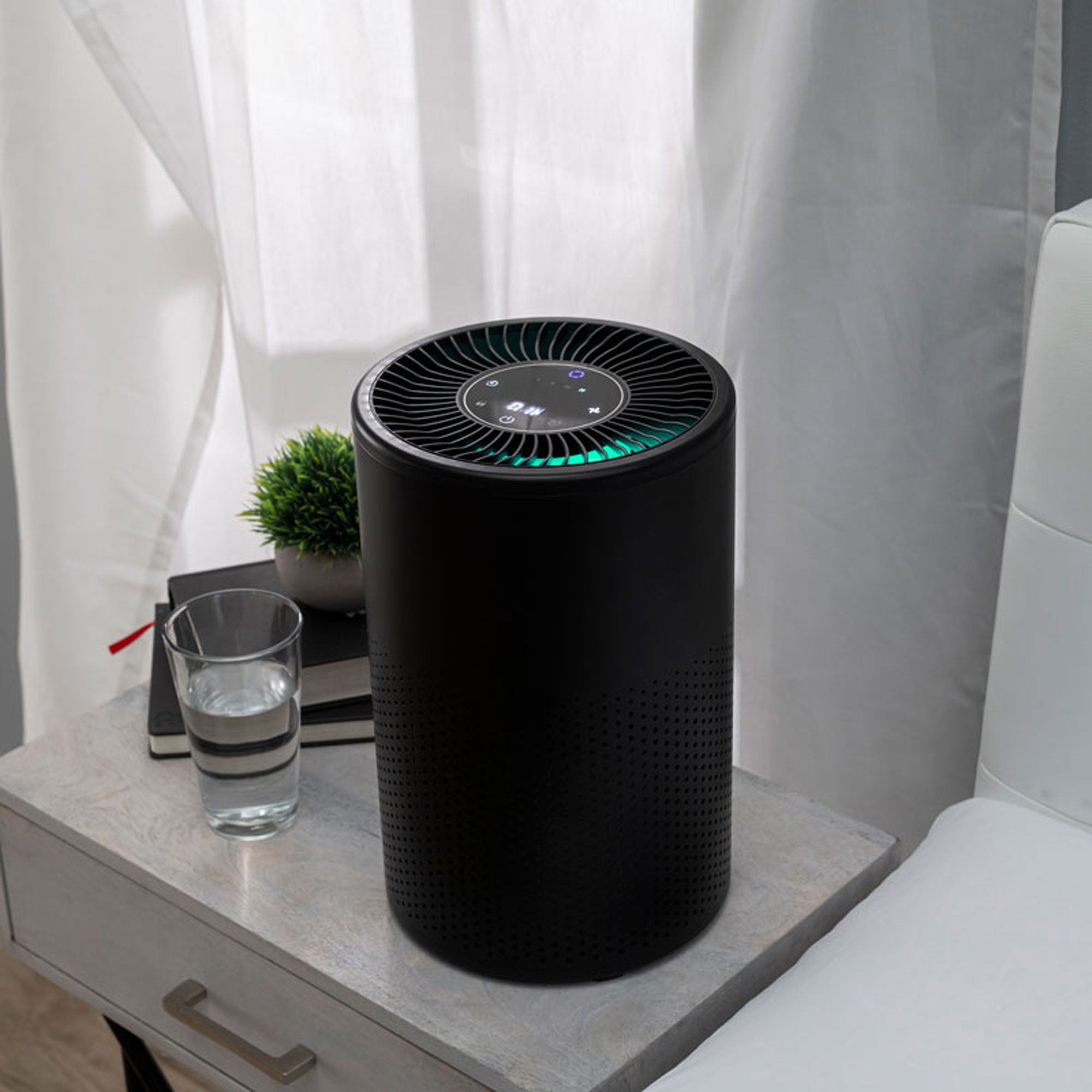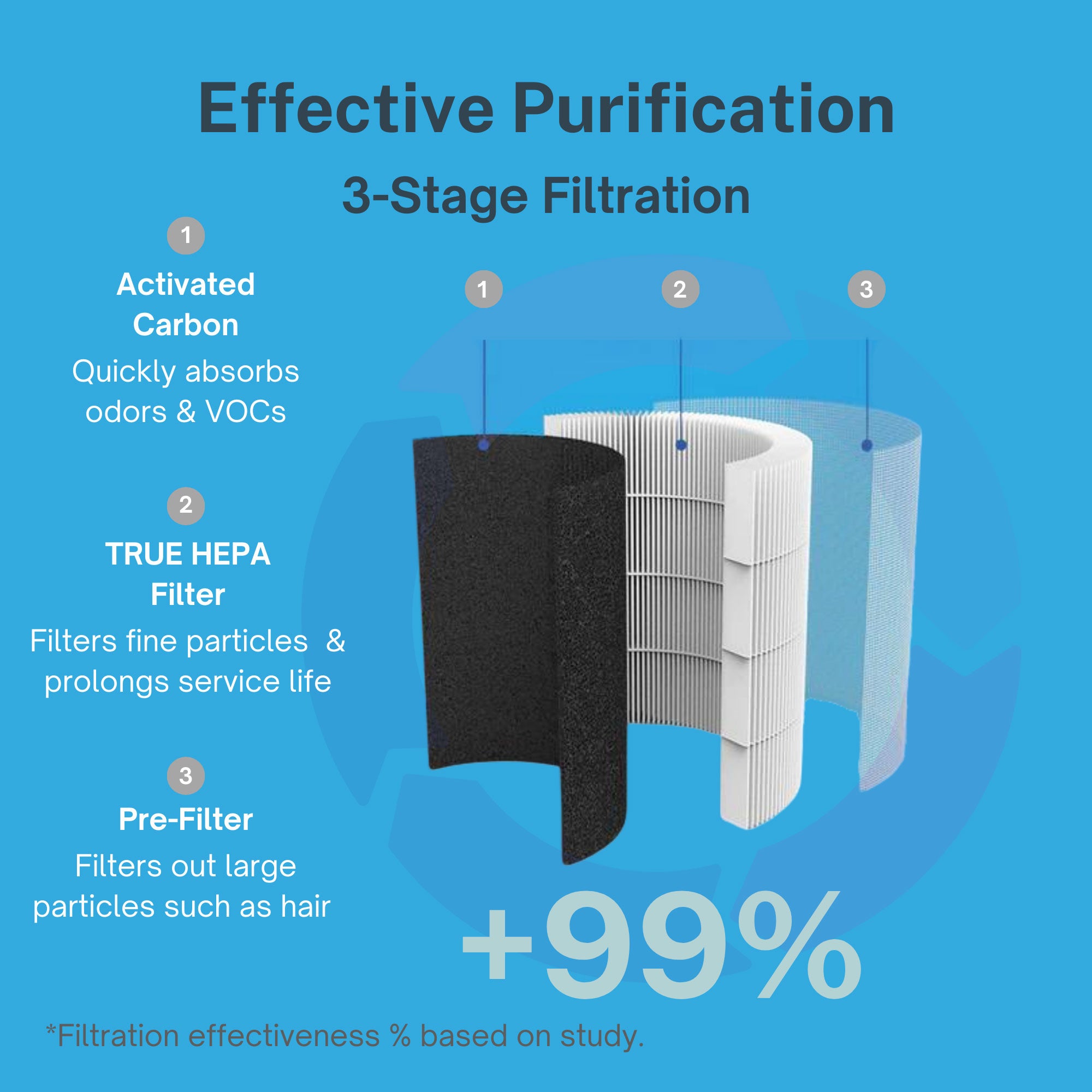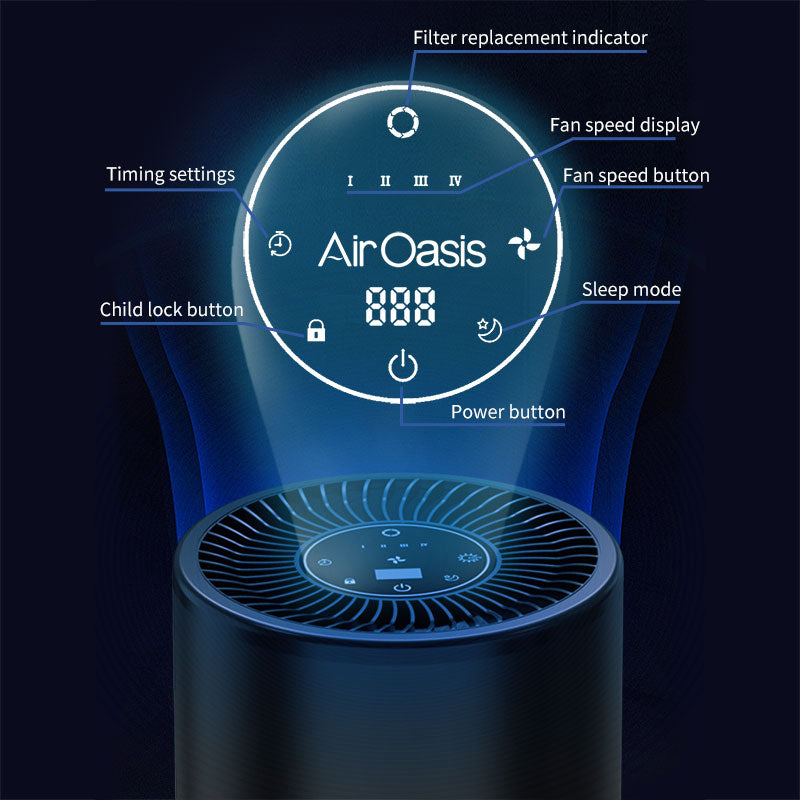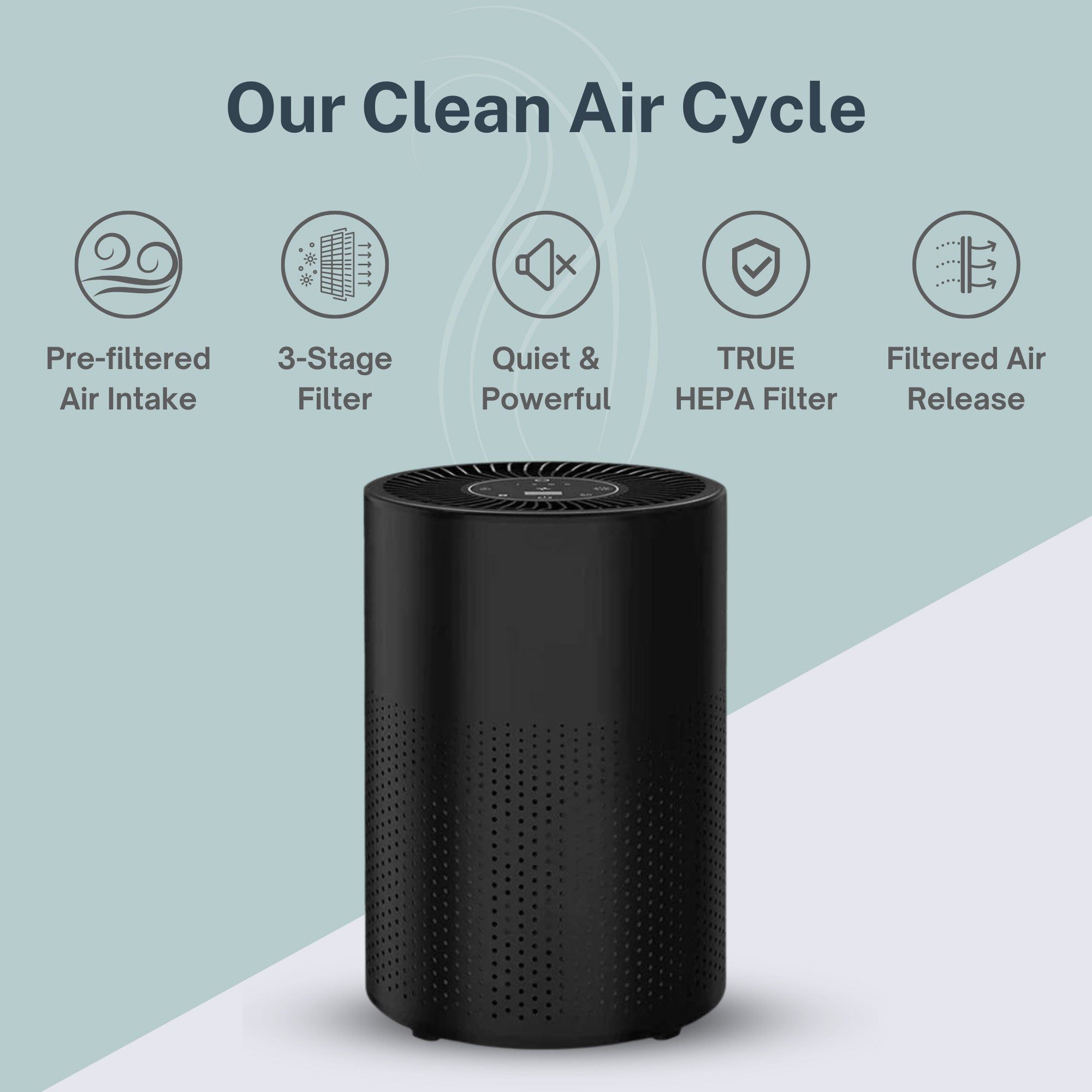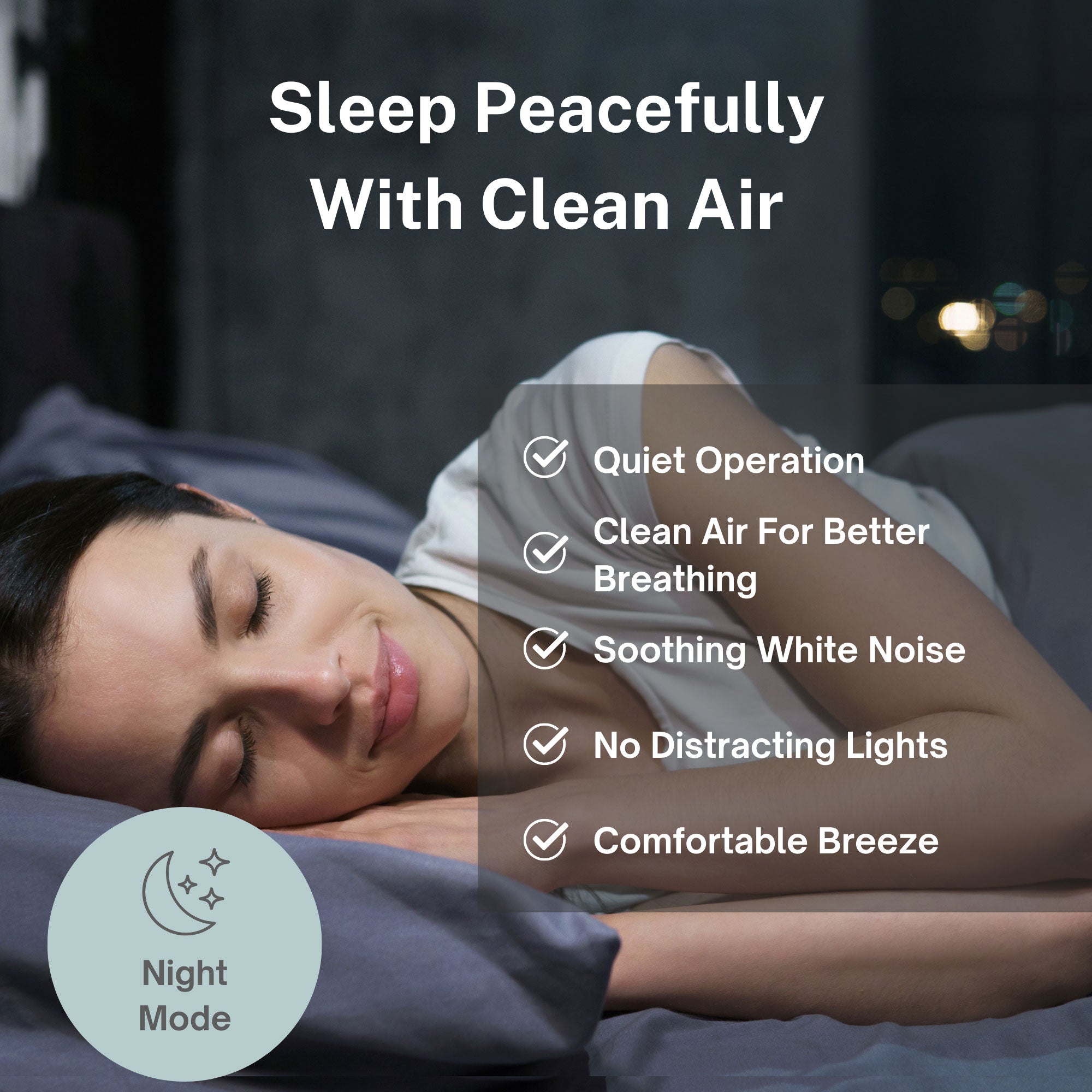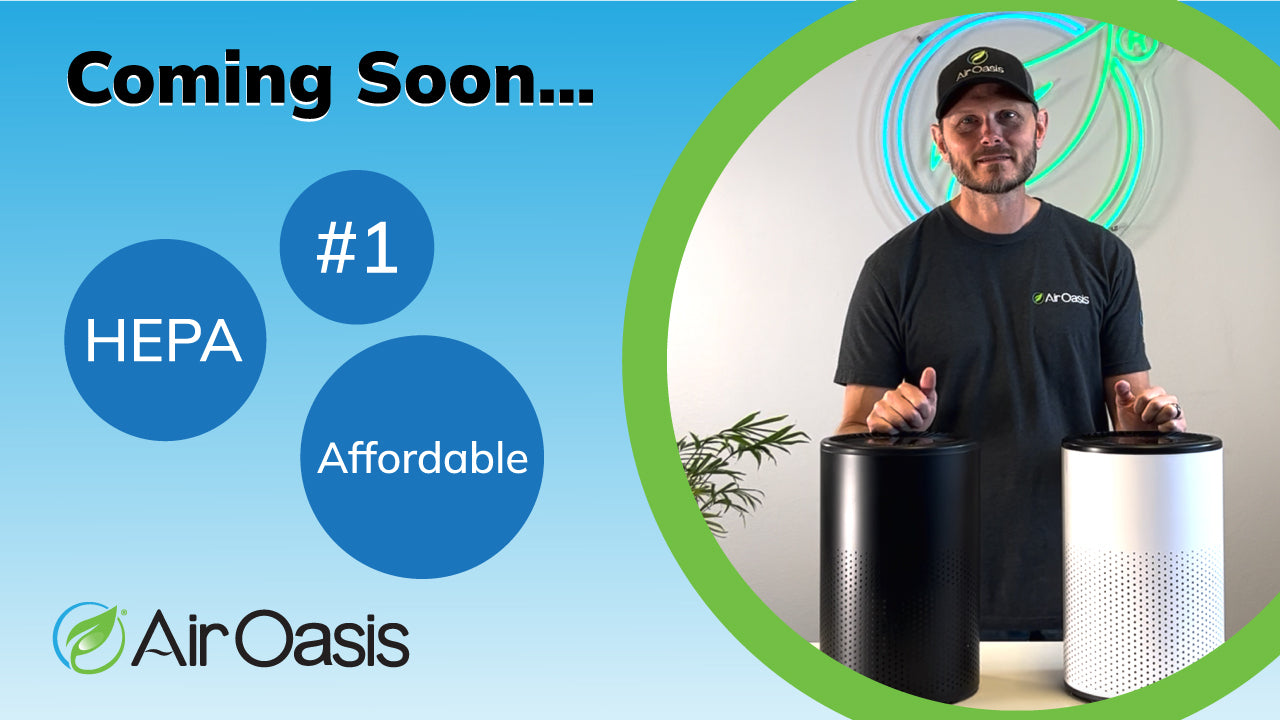Spring cleaning season brings hidden health risks for approximately 25% of the population who carry specific HLA-DR/DQ genetic variations that make them vulnerable to Chronic Inflammatory Response Syndrome (CIRS) from mold exposure. These individuals possess immune systems that cannot properly recognize and eliminate biotoxins like mold spores and mycotoxins, causing these harmful substances to accumulate and trigger chronic inflammation throughout the body.
Unlike most people whose immune systems effectively clear mold toxins, those with HLA gene variants experience prolonged inflammatory responses that can cause severe symptoms including fatigue, brain fog, respiratory issues, and chronic pain. Spring cleaning activities that disturb hidden mold deposits can release concentrated amounts of spores and mycotoxins into the air, creating dangerous exposure levels for genetically susceptible individuals.
The Science Behind Genetic Mold Sensitivity
The Human Leukocyte Antigen (HLA) complex contains genes responsible for helping the immune system distinguish between harmful invaders and the body's own cells. These genes produce proteins that function like security scanners, identifying threats such as mold spores, mycotoxins, and other environmental toxins that infiltrate indoor spaces.
For most people, the immune system recognizes and eliminates these biotoxins effectively through normal detoxification processes. However, certain HLA gene variations, particularly HLA-DR and HLA-DQ variants, can impair this critical function, making it difficult for the body to clear mold toxins from tissues and organs.
Instead of being efficiently removed, these biotoxins linger in the body, triggering persistent inflammatory responses that characterize CIRS. This genetic susceptibility explains why some family members in a moldy environment develop serious health issues while others remain completely unaffected by the same exposure levels.
The 25% prevalence of these genetic variants means that millions of Americans face increased vulnerability to mold-related illness, yet most remain unaware of their genetic susceptibility until they experience prolonged exposure and develop symptoms.
Why Spring Cleaning Can Trigger CIRS Symptoms
Spring cleaning activities commonly disturb accumulated dust, debris, and hidden mold growth that has developed over winter months in areas with moisture issues. Vacuuming, dusting, and moving furniture can release concentrated amounts of mold spores, mycotoxins, actinobacteria, and beta-glucans into the air where they become easily inhaled.
These biotoxins can become aerosolized during cleaning activities, creating temporary but intense exposure that overwhelms the compromised immune systems of genetically susceptible individuals. Even small amounts of disturbed mold can trigger severe inflammatory responses in people with HLA gene variants.
Hidden mold growth behind furniture, in basements, attics, or areas affected by past water damage poses particular risks during spring cleaning. Many homeowners unknowingly disturb these contaminated areas while organizing and deep cleaning, releasing biotoxins that have been contained for months.
The combination of increased indoor time during cleaning activities and elevated airborne biotoxin concentrations creates a perfect storm for CIRS symptom development in vulnerable individuals. Professional assessment becomes essential when homeowners discover mold growth that exceeds normal maintenance cleaning.
Professional Small Particle Cleaning vs. DIY Approaches
Individuals with genetic mold sensitivity should avoid DIY mold cleanup and instead rely on professional small particle cleaning services that understand CIRS risks and proper containment procedures. Professional remediation follows protocols that prevent biotoxin dispersal while ensuring complete removal of contaminated materials.
Think of the immune system like a garbage removal service for toxins. Most people have efficient "garbage trucks" that pick up and haul away mold spores, mycotoxins, and other biotoxins without problems. However, people with HLA gene variations have "garbage trucks" that don't recognize certain types of toxic waste, allowing it to accumulate and cause systemic problems.
Professional remediation services use specialized equipment including HEPA filtration, negative air pressure systems, and proper containment barriers that prevent biotoxin spread during cleanup. These measures protect both workers and occupants from the concentrated exposures that can trigger CIRS symptoms.
Post-remediation verification testing ensures that biotoxin levels have been reduced to safe levels for sensitive individuals. This testing provides objective confirmation that the environment is truly safe rather than relying on visual assessment alone.
Indoor Air Quality Management for CIRS Prevention
Comprehensive indoor air quality management becomes essential for protecting the 25% of individuals with genetic mold sensitivity from ongoing biotoxin exposure. Standard home cleaning and basic air filtration cannot adequately remove the microscopic biotoxins that trigger CIRS symptoms in susceptible people.
Air Oasis iAdaptAir purifiers specifically address CIRS concerns through multi-stage filtration that targets the primary biotoxins affecting sensitive individuals. The True H13 HEPA filter captures mold spores and other particles, while activated carbon filtration absorbs volatile mycotoxins and other chemical compounds released by mold growth.
The silver ion filter and germicidal UV light work together to sterilize captured mold, bacteria, and viruses, preventing them from reproducing within the filtration system. Bi-polar ionization technology actively neutralizes contaminants throughout indoor spaces, providing comprehensive protection against airborne biotoxins.
This combination of technologies specifically targets mold, mycotoxins, actinobacteria, and beta-glucans—the primary triggers for inflammatory responses in individuals with CIRS. Professional-grade air purification provides the comprehensive biotoxin removal that genetically susceptible individuals require for health protection.
Understanding CIRS Symptom Development
CIRS manifests in a wide range of debilitating symptoms that severely impact quality of life for affected individuals. Fatigue, cognitive difficulties often called "brain fog," respiratory issues, and chronic pain represent common manifestations of the chronic inflammatory response triggered by biotoxin exposure.
The inflammatory cascade affects multiple body systems simultaneously, creating complex symptom patterns that often lead to misdiagnosis or delayed recognition of the underlying environmental cause. Mental health impacts frequently accompany physical symptoms, affecting overall well-being and daily functioning.
CIRS patients often report significant improvement in symptoms when exposed to cleaner indoor air environments. Reduced biotoxin exposure allows the inflammatory response to diminish, potentially alleviating symptoms and enhancing quality of life for those with genetic susceptibility.
The connection between air quality and symptom severity emphasizes the critical importance of maintaining consistently clean indoor environments for individuals with CIRS risk factors.
Environmental Justice and Genetic Vulnerability
The genetic basis of CIRS creates environmental justice concerns, as individuals with HLA variants face health risks from biotoxin exposures that don't affect the majority of the population. These vulnerable individuals require enhanced environmental protection and cannot rely on standard indoor air quality measures.
Empathy and understanding become crucial when addressing CIRS concerns, as the illness results from genetic factors beyond individual control. Taking health complaints seriously and considering environmental factors like water damage and mold exposure enables early detection and intervention.
The key to supporting CIRS patients involves scientific listening, rapid response to environmental concerns, and comprehensive biotoxin removal that protects the entire household. Environmental modifications that benefit sensitive individuals typically improve indoor air quality for everyone.
CIRS illness is not the fault of affected individuals, and their symptoms represent legitimate health responses to environmental triggers that require professional attention and comprehensive remediation.
Protecting Vulnerable Family Members
Spring cleaning activities should be modified for households containing individuals with known or suspected mold sensitivity. Professional assessment and remediation become necessary when mold growth exceeds normal maintenance cleaning or when water damage has occurred.
Small particle cleaning removes the biotoxins that standard cleaning methods cannot address, providing the comprehensive environmental protection that CIRS-vulnerable individuals require. This investment protects the health of sensitive family members while benefiting everyone's indoor air quality.
Homes function as giant air filters for 40-70% of the air most people breathe daily, making indoor air quality management a critical health protection strategy. Business environments pose similar risks and may expose multiple sensitive individuals to biotoxin concentrations that trigger CIRS symptoms.
Professional indoor air quality management ensures that sensitive individuals can safely participate in spring cleaning activities without risking biotoxin exposure that could trigger serious inflammatory responses.
Take Action to Protect Vulnerable Family Members
Spring cleaning season requires special consideration for the 25% of individuals with genetic mold sensitivity who face serious health risks from biotoxin exposure. While most people can safely handle routine cleaning activities, those with HLA gene variants need professional protection and comprehensive air quality management.
The genetic basis of CIRS means that vulnerable individuals cannot build tolerance to mold exposure through repeated contact. Instead, they require consistently clean environments that minimize biotoxin concentrations and prevent the chronic inflammation that characterizes this serious condition.
Don't risk your family's health with DIY approaches to mold cleanup if anyone shows signs of environmental sensitivity. Invest in professional assessment and comprehensive air quality management that addresses the specific biotoxins threatening CIRS-vulnerable individuals while protecting your entire household.





